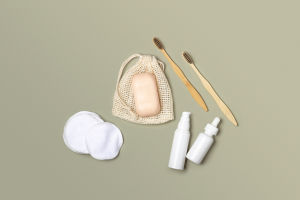Glaciers are natural ice bodies that exist on the surface of polar or alpine regions for many years and have a state of movement along the ground.
It can generally be divided into two parts: the grain snow basin at the source and the outflow ice tongue. Glacier ice has certain plasticity and flows under the action of gravity and pressure. In mountainous areas, glaciers flow down the valley, and their flow velocity varies from a few meters to hundreds of meters per year. Glaciers have accumulated snow for many years and are formed by ice formation such as compaction, recrystallization, and refreezing. It has a certain shape and layer, and has plasticity. Under gravity and pressure, it produces plastic flow and block sliding, and is an important freshwater resource on the surface.
Glacier is a form of water, which is transformed from snow through a series of changes. To form glaciers, there must be a certain amount of solid precipitation, including snow, fog, hail, etc. Without enough solid precipitation as "raw material", it is equivalent to "cooking without rice", and glaciers cannot be formed at all.
In the mountains, glaciers can develop, in addition to a certain altitude, the mountains are also required not to be too steep. If the mountain is too steep, the falling snow will fall down the slope, and no snow will be formed, so it will not be able to form a glacier. Snowflakes will change as soon as they fall on the ground. With the changes of external conditions and time, the snowflakes will become spherical snow that has completely lost its crystal characteristics, called grain snow. This kind of snow is the "raw material" of the glacier.
After the snow becomes grains of snow, with the passage of time, the hardness of the grains of snow and the tightness between them continue to increase, and the large and small grains of snow squeeze each other and are closely embedded together, and the pores between them continue to shrink. So that it disappears, the brightness and transparency of the snow layer gradually weakens, and some air is also enclosed in it, thus forming glacial ice. Glacier ice is milky white when it first forms. After a long period of time, the glacier ice becomes more dense and hard, and the air bubbles in it gradually decrease, and slowly it becomes a crystal clear, blue crystal-like old glacier ice. Glaciers are formed when glacial ice slowly flows down the slope of the mountain under the action of gravity (of course the flow is very slow).
The view of the world famous glacier is spectacular. For example, the blood glacier, which is a famous glacier landscape in the world, the glaciers here will flow out red liquid from time to time, and the blood glacier is named after it. After research by scientists, the water flow out of the glacier here is rich in iron elements, and it quickly encounters air. Oxidizes to form a bright red color.


